Fermentation
Fermentation has been a big part of my life for almost two decades now. It's slow food. It takes time.
It's something to be enjoyed often but in moderation. It's not some cure for cancer or some secret to good health. But I believe it plays an important part in our well-being.
I think I started with yogurt. Mum always had homemade yogurt at home when we were growing up. Then it was experimenting with beers, ginger beers and ciders when I became Coeliac and could no longer drink beer. Sourdough eventually followed as I wanted my girls to enjoy fresh homemade bread, just as I did growing up.
Fermenting your own foods is a way to connect to your environment. For me, fermentation was a big step down the rabbit hole that has eventually wound up with me owning a piece of this earth and trying to grow the healthiest and most nutrient-dense foods that I can. It’s an important method of prolonging the life of the food we grow.
It’s also an important method of transforming foods that would otherwise be toxic to us into something more digestible and often more nutritious.
What follows is some of the ferments we’ve made over the years, I’ll add more as I go.
Yogurt
Mum made a lot of yogurt when we were kids but we never really appreciated it much back then.
It’s very easy to make, especially living in the tropics. Heat the milk to kill any competing microbes, let it cool, stir in a spoonful of yogurt from your last batch, pop in an esky/ice chest overnight and then into the fridge for another day. I’ve been able to go at least two years or so before the yogurt gets too sour, at which point I start with a new small tub of starter yogurt from the supermarket.
A friend bought me a yogurt strainer years ago and it’s seen so much use. Sometimes we will strain off the whey, which makes a very energising drink, and use the yogurt like a sour cream or even add some salt to make into a soft cheese.
Kimchi
There’s always a jar or two of this in the fridge. We add a little bit to heat up our lunches. I don’t follow a traditional recipe so mine is a bit of a bastard child of the real thing, often green depending on what chillies we have available.
We often use the bird’s eye chilies that grow wild around our farm. The girls have started enjoying a little of this as well.
The leftover salty brine I keep in the freezer and use it when we butcher chickens and make chicken stock/broth/soup.
This year I’ve got a lot of potential papaya coming and hope to make more papaya kimchi which is gobbled up quick. We also make a simple green papaya and wild chili ferment that’s great as a side.
Sauerkraut
This is also a regular in the fridge. Great for the kids before they braved eating spicier ferments such as kimchi and hot sauces.
Lots of cabbage, carrots and then whatever else we have on hand; beetroot, capsicum, dill, fennel, garlic, ginger, turmeric, lemon, chili. Throw in some salt and rub through the vegetables with your fingers until you can squeeze it and juice will come out.
Fermentation Class
A few years ago, when we were still living in Manila, we taught a class on fermentation. The weeks before were spent making and experimenting with a whole bunch of different ferments, our fridge and countertops were filled with bubbling jars. Some of these ferments were one-offs that I’ve not got around to making again but some have become a regular part of our diet.
The top photo has the following (L-R): Danish inspired red kraut, yogurt, whole grain Dijon-style mustard, carrot turmeric and ginger kraut,, sweet and salty beans, honey garlic, pickle relish, corn on the cob, carrots with dill garlic and mustard seeds, turmeric paste (ran out of jars for weights so it’s inside the carrots), pickled onions, onion chutney, papaya chutney, bastard kimchi, corn relish, ginger beer, beetroot apple sauerkraut. I’ll add some of these two part 2.
Miso
I need to make more of this and have put it off for years now because I’ve been too busy on the farm (excuses excuses).
Apparently 20 percent of the food poisoning cases in the U.S. are the result of lectins in undercooked beans. Fermenting the soy deactivates the lectins and then makes it easier to digest and less likely to cause stomach upset.
I made a soybean miso (12 month ferment) and a chickpea miso (6 months). The finished depth of taste is amazing compared to mass-produced rubbish from the supermarket. I think the soybean miso lasted for another 18 months in the cupboard.
Mabi David who is one of the co-owners of Starter Sisters was very helpful to me when I was starting my miso journey. They have some awesome local Philippine ferments on their website and also do classes.
The bonus you get with miso is that the liquid can be used as a replacement for soy sauce, which I can’t have because it contains wheat.
Torshi seer
Super intrigued when I read about this one. It’s left for about twenty years before eating. My confidence in the Future lies in this jar. Don’t fucking let me down Future.
Garlic sitting in vinegar for a very, very long time. I wish I’d kept better notes but I think I probably used apple cider vinegar.
It sits in the corner of our pantry gathering dust. I only hope the label doesn’t fade and someone throws it out. Speaking of which… my attempt at fish sauce.
Fish Sauce / Garem
You need some wide open spaces when attempting stuff like this, the smell of rotting fish is not everyone’s cup of tea.
Back when we started at the farm, we had a bunch of tree seedlings delivered. The nursery guys were kind enough to throw in some freebies of fresh corn and a few kilograms of fish.
We didn’t have any freezer space at the time so I cut up the whole fish, gizzards, heads and all and mixed it with a generous helping of salt. Thinking it would be easier to drain off the resulting sauce I put it in a glass jar with a faucet. Of course the faucet slowly leaked and so when I eventually checked back on it, stored away in a quiet spot in the garage, it was just a sludge of decomposed fish.
It was about 18 months old when I finally got around to disposing it; the top of the sludge had some mold and I hadn’t been very responsible about dealing with it. As I was pouring it out I suddenly realized my massive mistake, the smell was incredibly good, so much better that the store-bought sauces.
Definitely a ferment to try again.
Sourdough bread
Mum would often make bread, even more so when we got a bread maker. The flour was often a mix of our own wheat which us kids would earn 20 cents per cup that we hand milled.
I wanted my kids to also have proper bread, not the mutant version that’s common these days with a list of unrecognisable ingredients.
Flour, salt, water. Make a starter and feed it regularly, I keep mine in the fridge between bakes. I used to follow long, complicated recipes with kneading every half hour for several hours but fuck that shit, I’ve got other things to do. I now follow simple recipes which make the dough in the evening and bake it the following morning. Since I’ve never tried it (I’m Coeliac) I wouldn’t know the difference and the kids don’t complain.
I’m very careful making sure not to throw flour dust all over the place and I’ve been teaching the girls how to make it themselves. I get them to be quite critical about the taste and the crunch of the crust as I can’t taste it. This was very embarrassing when my eldest gave her unsolicited feedback on a friend’s loaf whose place we had been invited to.
On birthdays or other special occasions I make sourdough cinnamon rolls which go down a treat.
We use a Dutch oven and cast iron loaf pans for the bread, they’re excellent and will outlive us all. Bread baking day is one of the few times we use our LPG oven but we are slowly doing more of the cooking in our outdoor brick oven with our own harvested wood/charcoal.
Ginger beer
Being Coeliac (gluten free) means beer is off my menu. Summertime social drinks at the pub were usually overly-sweetened ciders.
My fermenting adventures began with trying to create ginger beer with an extra alcoholic kick while I was living in the UK.
Every summer I’d experiment with a different recipe or two. Eventually I stumbled upon Sandor Katz’s wonderful “Wild Fermentation” book and have since been following his simple and effective recipe.
We vary the amount of ginger depending on how much we want to share it with the kids. More ginger and it blows their heads off.
I now use plastic bottles so that I can see how carbonated the drink has become before cooling it in the fridge. Although this isn’t ideal, it’s safer than having exploding glass bottles almost take my eye out (been there, done that). This was from when we were still using glass bottles in the UK.
Beer
While in the UK I also experimented with brewing my own beers but with limited success. A lot of money spent on all sorts of ingredients for hit and miss results. I’ll try again one day when we get better at growing our own grains here on the farm.
My first beer wasn’t really a beer but a mish-mash of various ingredients to replicate the flavor. It was pretty good, but I no longer have access to things like date syrup, prune juice, black treacle, etc)
I then tried malting my own gluten free grains (quinoa,millet and buckwheat). The process involves soaking grains,sprouting them, then sun drying them. Shake them in a sieve and then carefully roast in the oven.
It took me a whole year to malt enough grains for a brew. And it was a very mediocre brew so I’ve not tried again since.
Since then I mostly made hard cider until I’d had enough of making something using fruits grown on the other side of the planet. It was then onto wines for the last few years using as many local ingredients as I could. This was a persimmon and apple hard cider that we made using the fruits from a farm my Dad lent a hand at.
Wines
My favorite wine is ginger lemon which is actually meant to be a champagne but I drink it without any fizz. I made enough in 2019 to last me up until now and I still have a few bottles left. Recipe from Sandor Katz.
My friend Nicolai gave me his awesome recipe for banana wine which when young is sort of beery tasting, but if I’ve left it too long I’ve had to mix with other wine.
We use the wild bananas growing along the river’s cliff edge which are full of seeds.
I’ve also made wine from our passion fruit, but this one I wasn’t convinced about.
We have wild guava growing all over the place and this also makes a lovely drink. Like the banana though, it’s best drunk young when it tastes like a cider. But when you make 5 gallons at a time it’s difficult to drink it all young so I’ve left this one too long and then blended it with the banana.
We have a few dozen mulberry trees which are excellent because they fruit within a year of planting. They’re along our driveway and were a way to entice the kids into the food forest, a quick easy snack. The trees are now starting to fruit abundantly twice a year and every morning for about three weeks I will head out with a tub and fill it up. Most gets eaten fresh, some gets made into sauces for frozen yogurt, a lot gets frozen for later snacking.
I made wine thanks to inspiration from my friend David, and it actually turned out to be tasting similar to red wines. It’ll be interesting to see how it ages. I’ll try not to not to touch it for about 2 years.
Cheese
I’ve only made one cheese, somehow flies got into the closed jar and it ended up with a few maggots. Hence I was the only one that was willing to eat it. Apparently maggot cheese is actually a thing! It horrified me how much milk actually gets used to make such small amounts of cheese!
Milk kefir
Hopefully one day we might produce a little of our own milk but in the meantime I always ferment my milk with kefir. It gives the milk a slight sour flavor and fills it with good bacteria. I have plenty of kefir grains available if anyone ever wants.

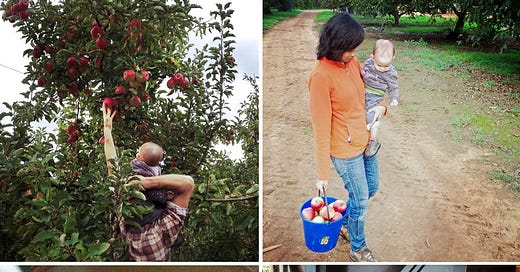

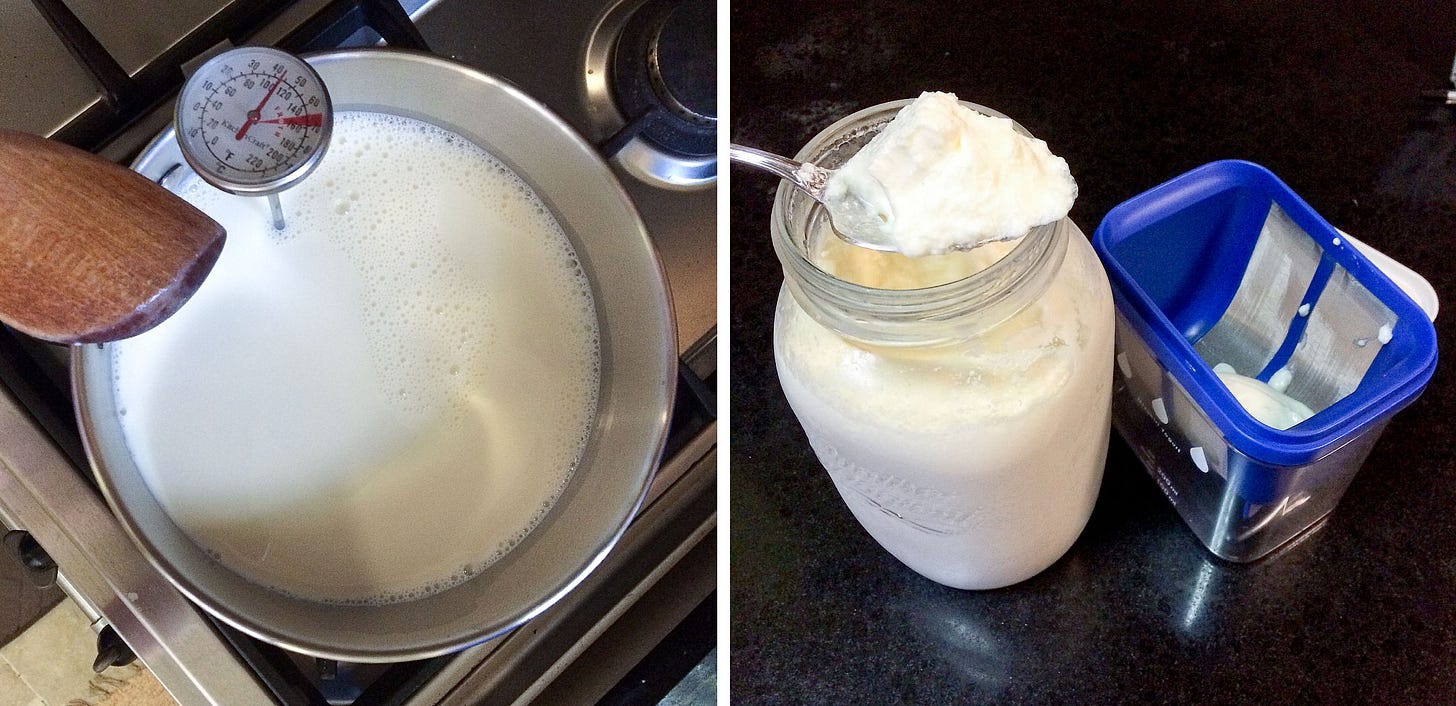
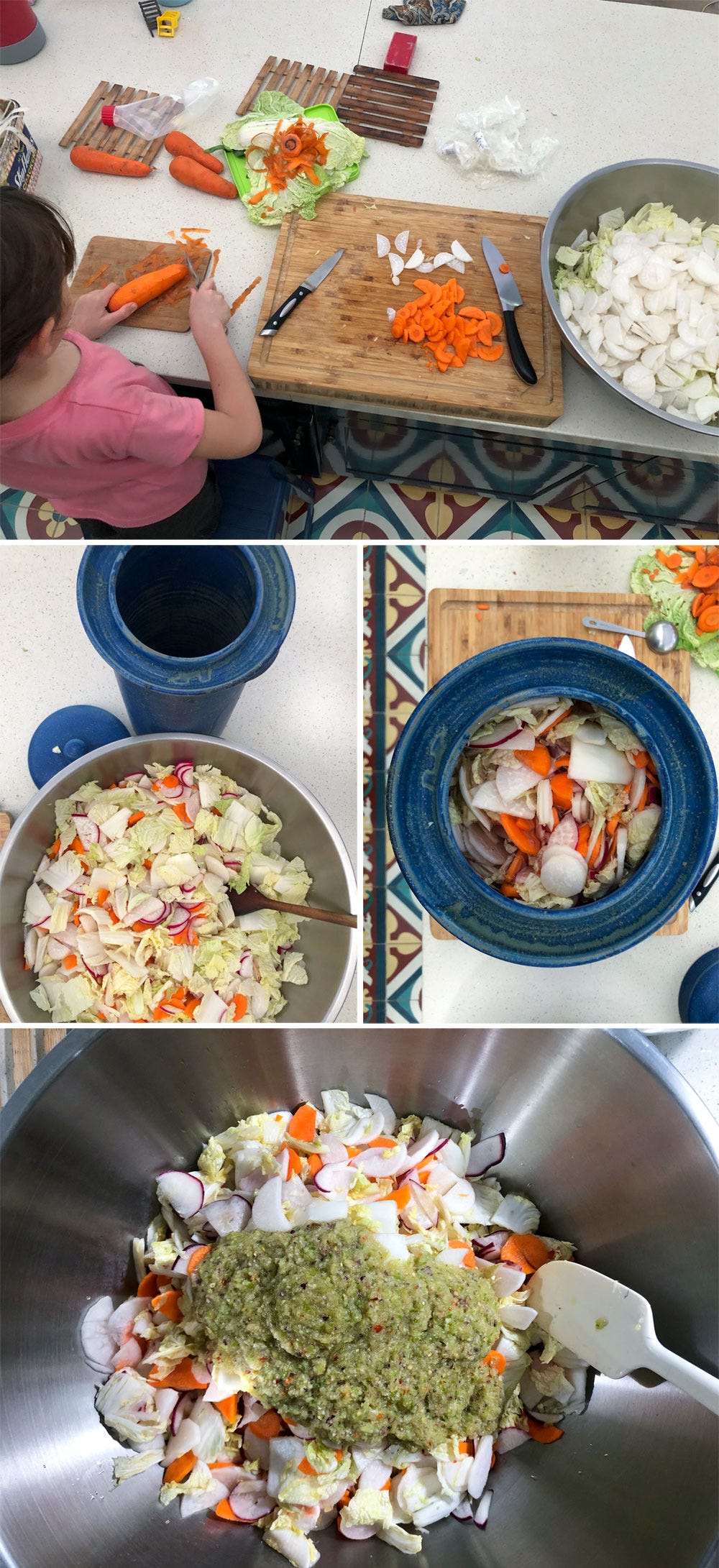

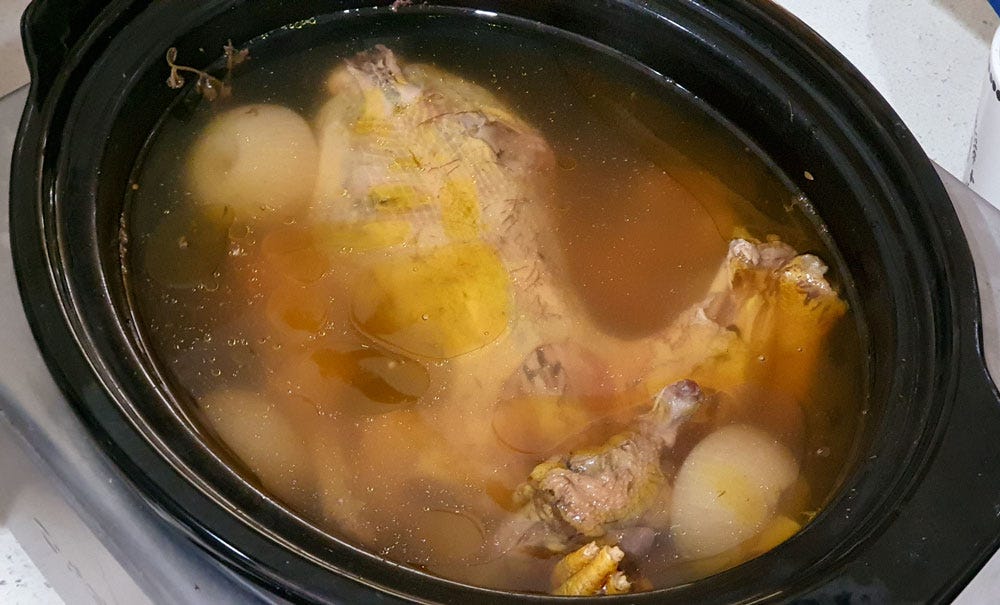

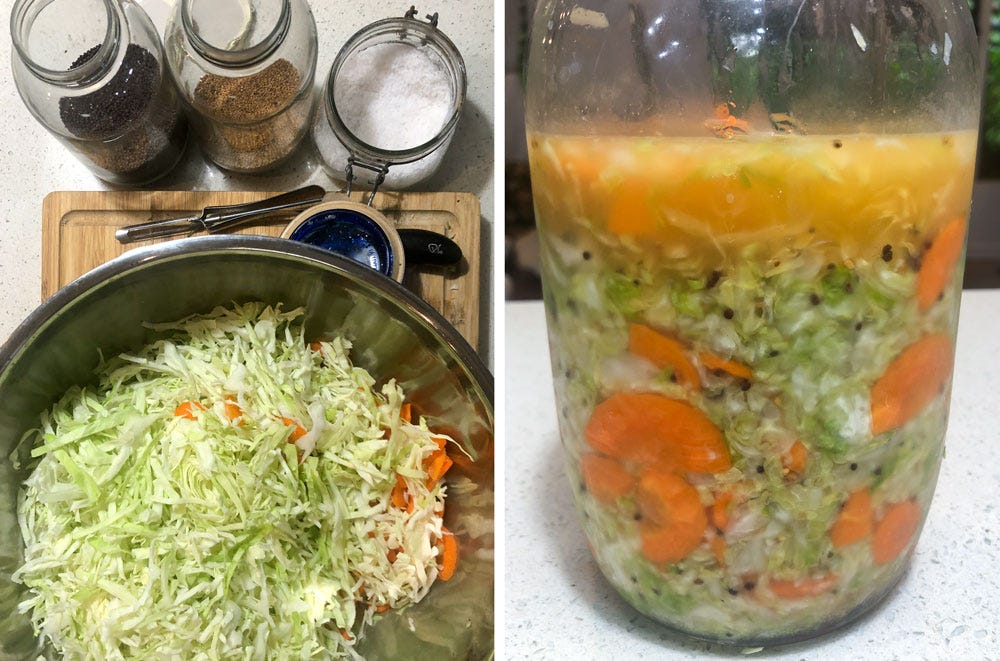
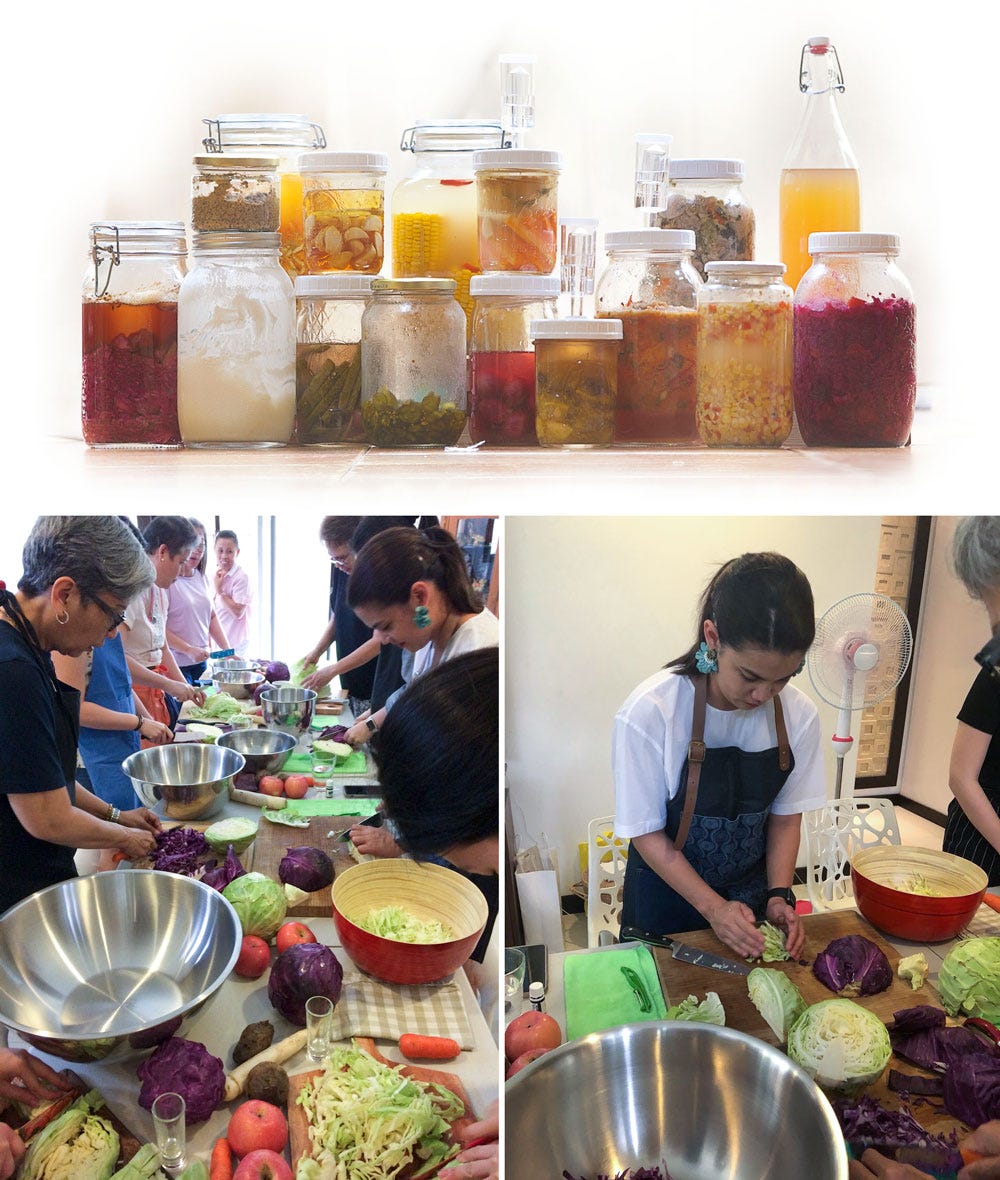
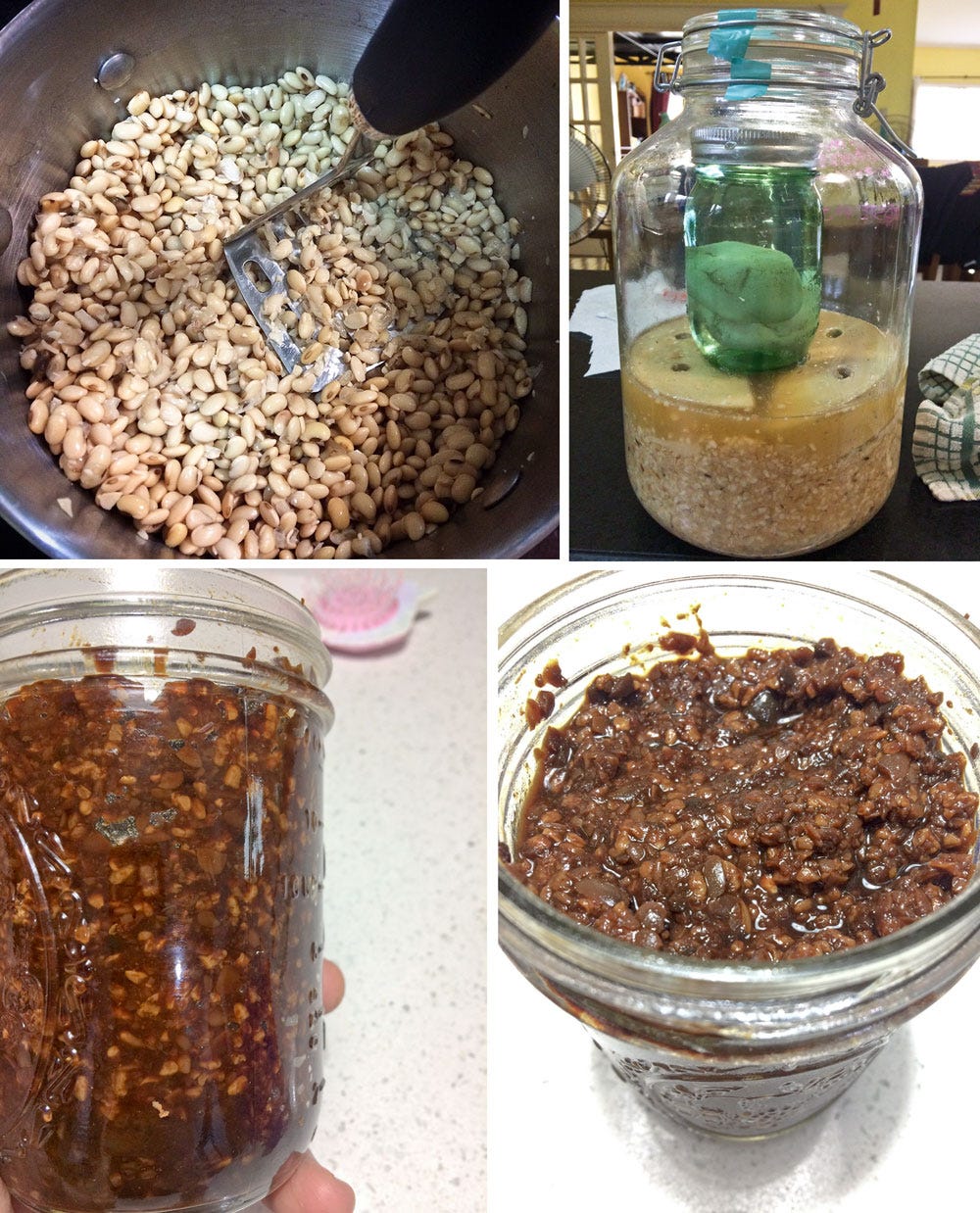
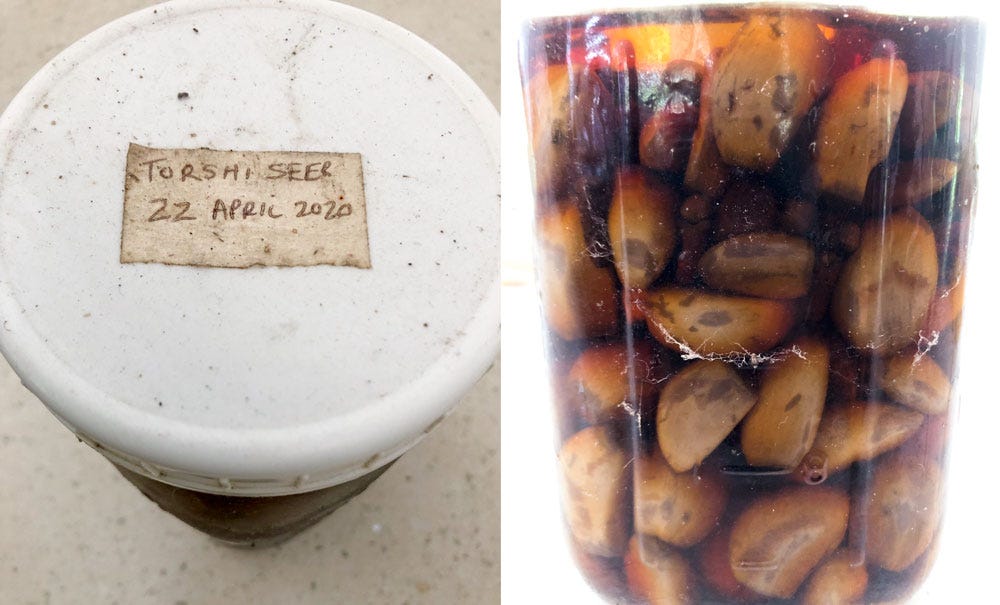
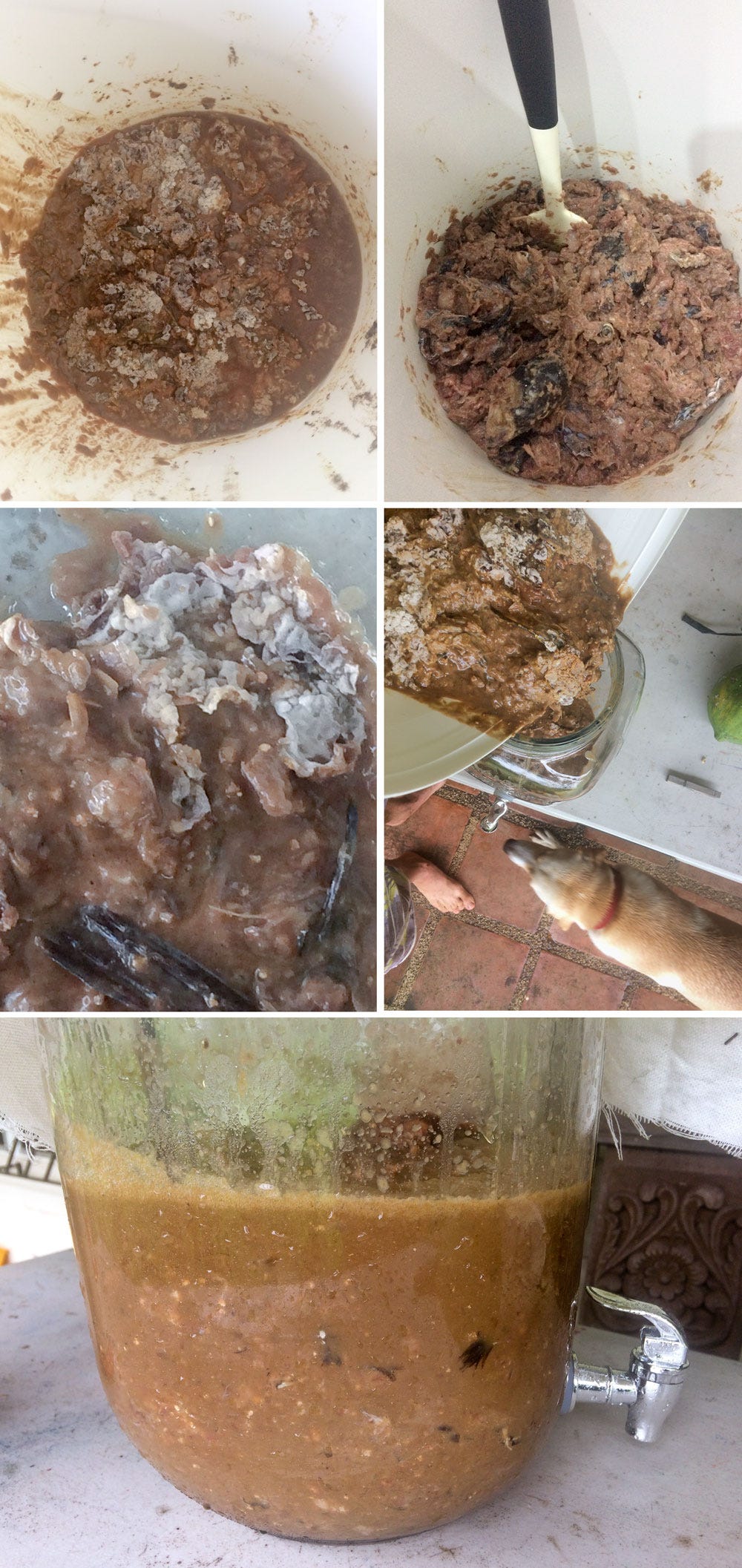
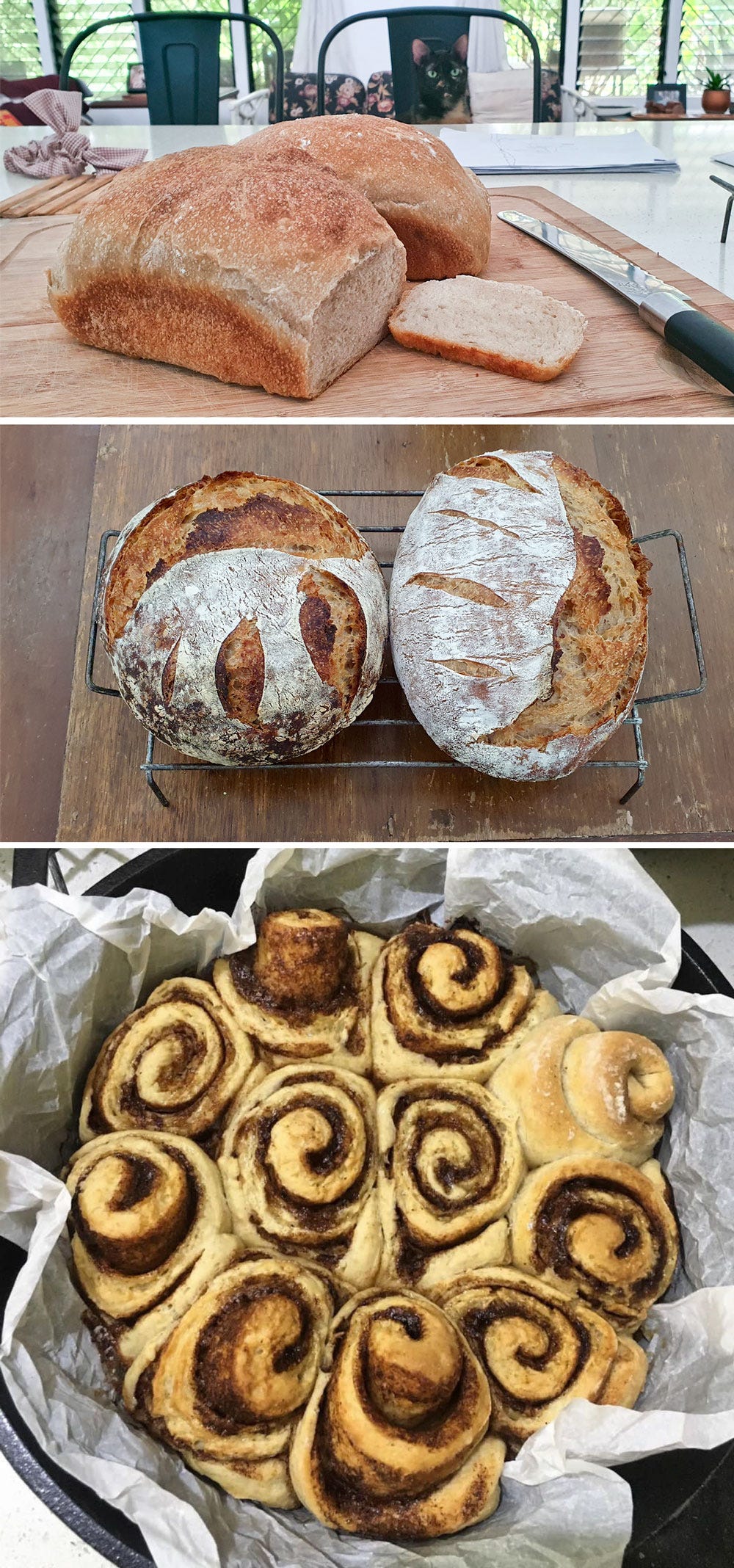


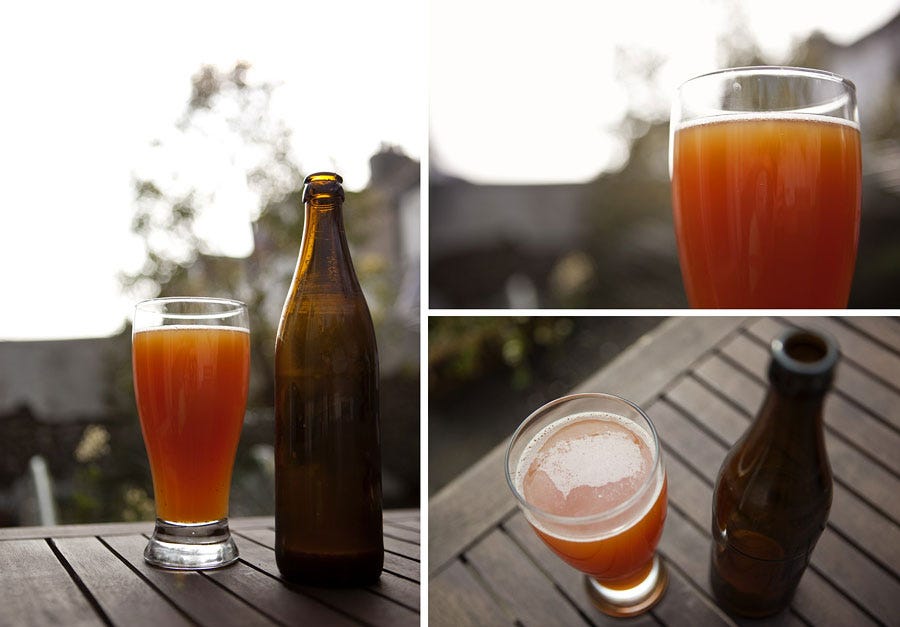
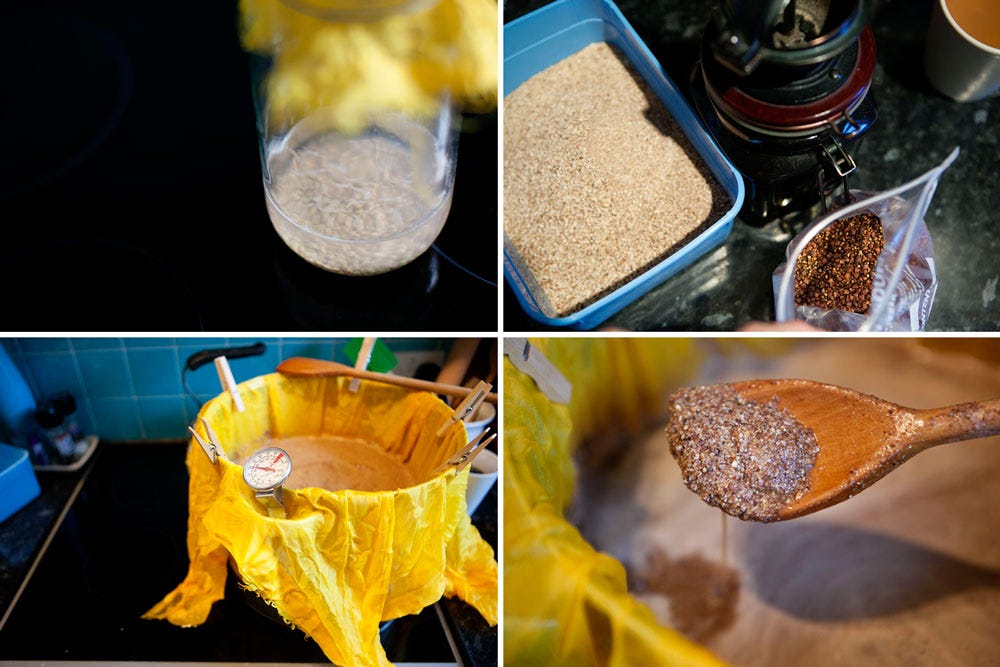



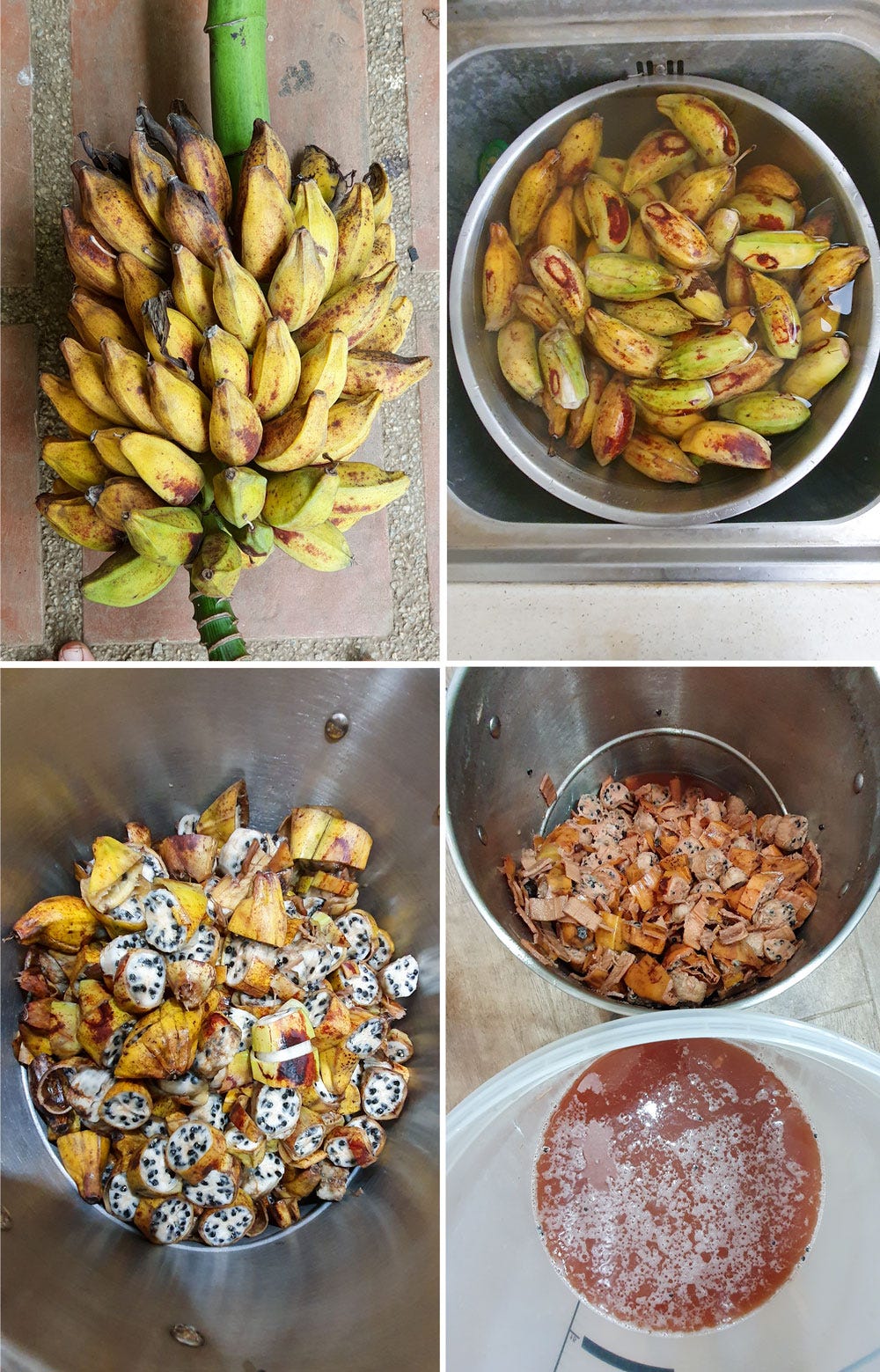
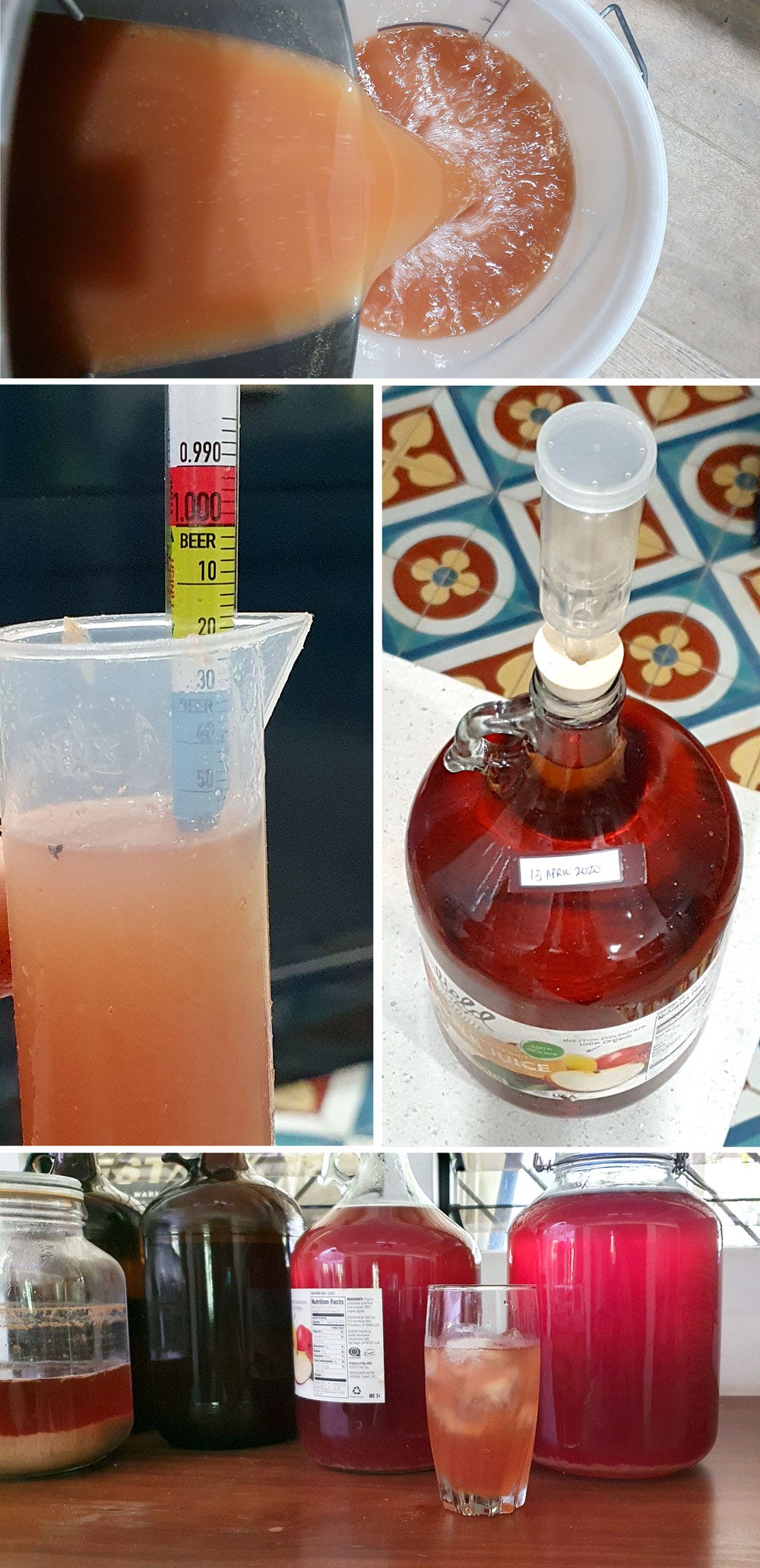
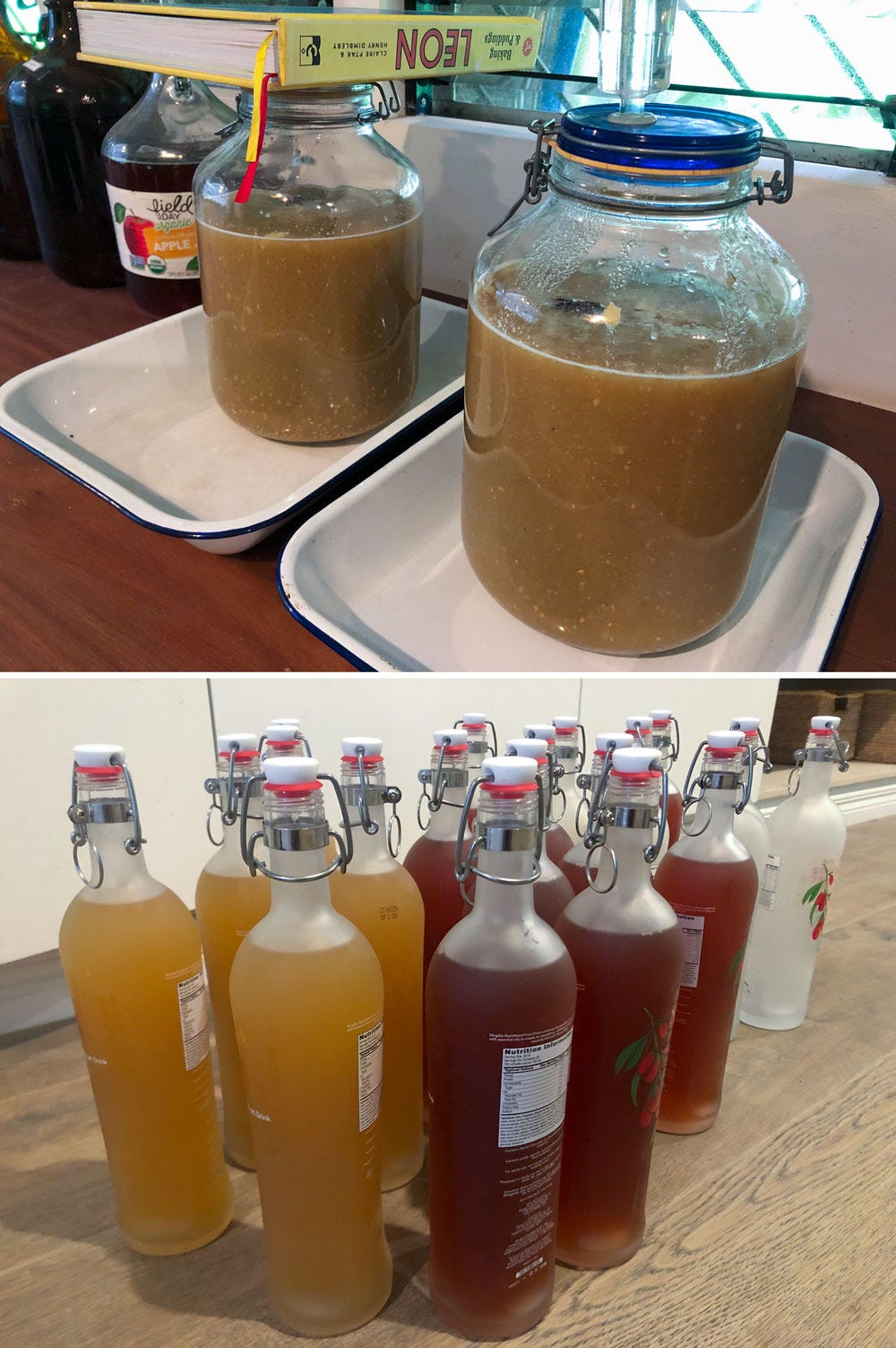

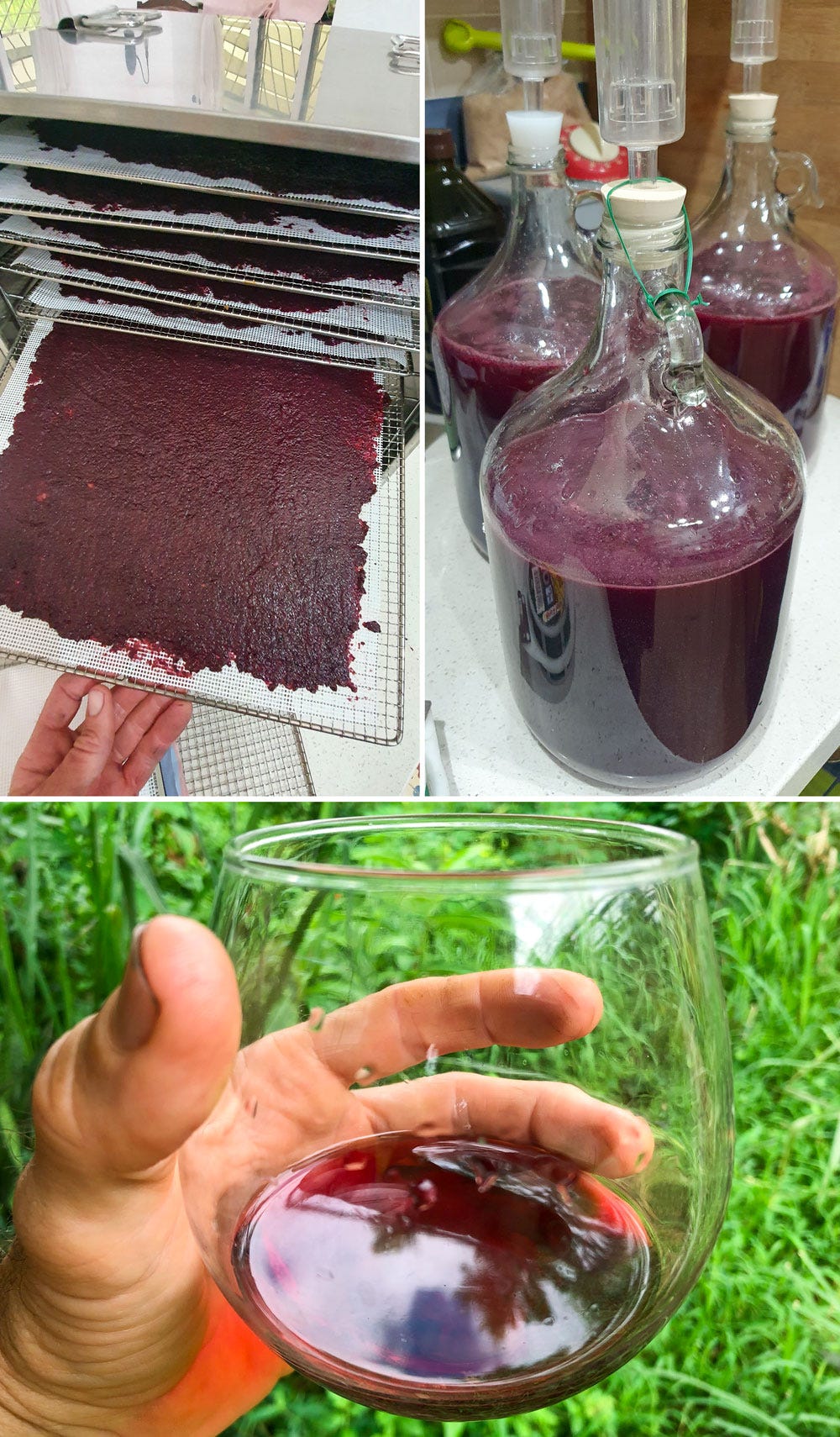


A conversation between Gavin Mounsey and Frances Leader. (thought it might interest you)
"Hi Frances! Thanks so much for the thoughtful comment. Yes I have heard that glyphosate related issues are often confused with gluten sensitivity. Thanks for pointing out how glyphosate is used to desiccate crops before harvest. That means that even non-GMO crops can be laced with glyphosate. Here in Canada that irresponsible profiteering tactic is used by legume farmers as well (which means that non-gmo lentils, chickpeas and other pulses are soaked in glyphosate right before they are harvested). While I do not have a gluten sensitivity, my wife and I like to grow as much of our own food as possible and given we live on a small urban lot it just so happens that Amaranth (a gluten free 'ancient grain') is the most productive "ancient grain" (not actually a grain but technically a pseudo-cereal or seed) per square foot so we grow that to make our own flour and bake. Have you ever tried cooking with Amarnath? Thanks for sharing my post, I look forward to hearing what you think of my other posts (and future posts) in the comments section. :)"